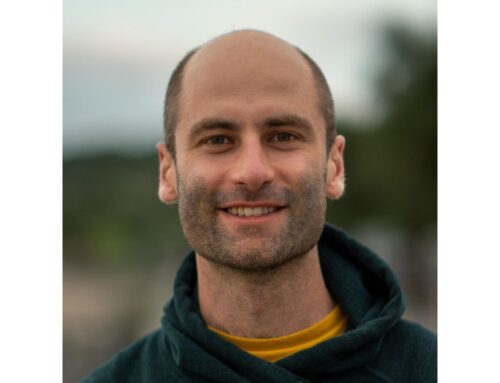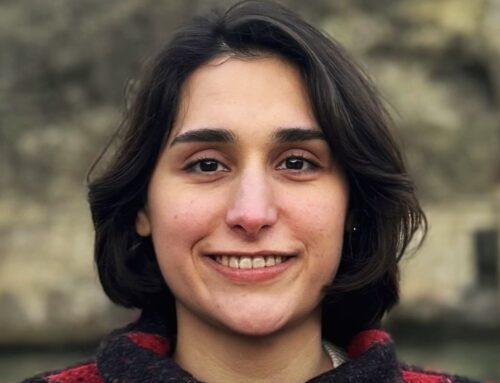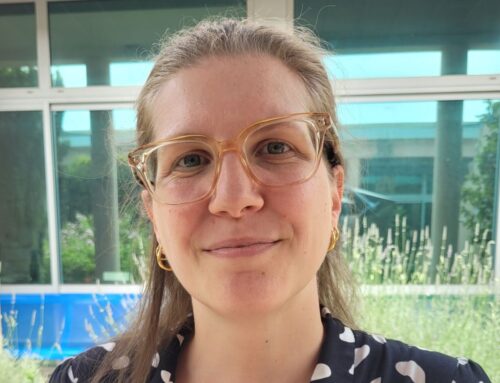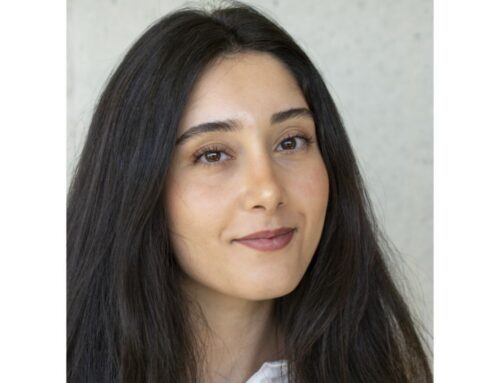
© Larysa Zviagina.
Published on May 10, 2021.
HLD, Dresden.
It was during my PhD work at the National High Magnetic Field Laboratory in Tallahassee that I first heard of the pulsed-field facility at HLD. The possibility of conducting experiments in very high magnetic fields, achieved within the time scale of milliseconds greatly excited me. Therefore, a dream came true when I got the offer of a postdoc position at HLD.
My research interest lies in investigating magneto-structural correlations, spin dynamics, and other exotic properties in a variety of materials. To explore these unfamiliar territories I primarily use the powerful microscopic probe of electron spin resonance (ESR) in both high magnetic fields and low temperatures. One of my most recent investigations was to understand the antiferromagnetic properties of Kitaev materials in a face-centered cubic lattice by employing ESR to uncover the quantitative and qualitative nature of the spin gap in these systems. What can turn the ESR technique into a challenging task is often the widespread non-availability of a broad range of THz sources. However, collaboration with the nearby ELBE – Center for High-Power Radiation Sources brings in the capabilities of free electron lasers (FEL). With access to far-infrared lasers and several other high-power THz sources, the portfolio of ESR techniques at HLD are truly outstanding. The time I spent here was enriched with a stimulating atmosphere, fruitful collaborations, and most of all the experience of performing experiments in a state-of-the-art facility.






